Croesus
Q184462Croesus (595-547?): fifth and last king of the Mermnad dynasty. His reign may have lasted from 560 to 547 BCE.
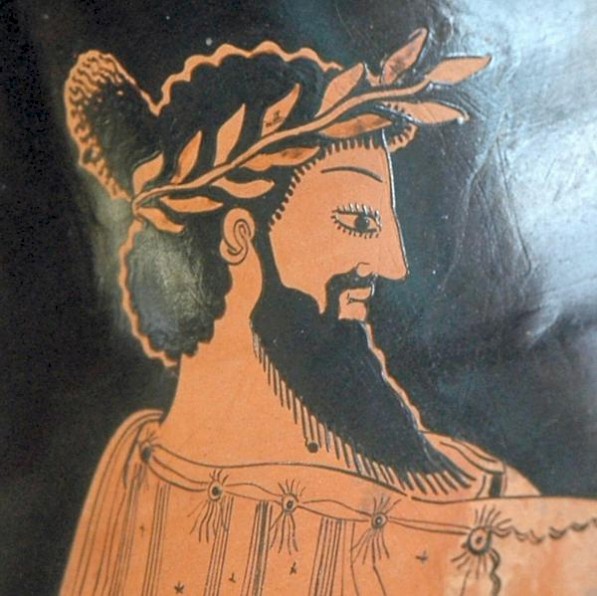
According to the Greek researcher Herodotus of Halicarnassus, king Croesus of Lydia was a very powerful man, whose
dominion included all the people to the west of the river Halys [...]. He was the first foreigner so far as we know to come into direct contact with the Greeks, both in the way of conquest and alliance, forcing tribute from Ionians, Aeolians, and Asiatic Dorians, and forming a pact of friendship with the Spartans.note
This is a bit exaggerated. The first king of independent Lydia, Gyges, had already captured a Greek town, Colophon, and Croesus' father Alyattes had taken Smyrna. He also concluded a peace treaty with Miletus. So Lydian involvement in the Greek world was nothing new. What did matter, however, was that Croesus captured nearly all Greek towns along the west coast of Asia. Even more important, when he was defeated by the Persian king Cyrus the Great, these towns became part of the Achaemenid empire. According to Herodotus, this was the cause of the great conflict between Greeks and Persians in the first quarter of the fifth century.
Croesus was born in c.595 as the son of Alyattes, the ruler of Lydia between c.600 and c.560, and a woman from Caria. He had a sister Aryenis who was in 585 old enough to be married to king Astyages of Media, as part of a border treaty between Lydia and Media. She must have been two or three years older than Croesus. Another sister was married to the tyrant of the Greek city Ephesus, Melas. Finally, Croesus had a half-brother Pantaleon, the son of king Alyattes and a Greek woman.
Without any doubt Croesus was the crown prince. He served some time as governor of Adramyttion, the capital of Mysia and the Troad, which was the usual position given to the intended heir of the Lydian king. Yet, when Astyages died in c.560, Pantaleon seems to have revolted and Croesus' stepmother tried to poison the new monarch. Eventually, Croesus was saved by his baker, and after much bloodshed the thirty-five year old man could establish himself as sole ruler of Lydia. According to Herodotus,
the first city that Croesus attacked was Ephesus. The Ephesians, when he laid siege to them, ran a rope from their walls to the temple of Artemis, putting the town, by means of this link, under the goddess' protection. The distance between the temple and the old town is about 1½ kilometers.note
This story is strange, because the tyrant of Ephesus, Pindarus, was the son of Croesus' sister and the former pro-Lydian tyrant, Melas. The regime change must have resulted in a change of policy, and Croesus may have laid siege to the town because it had ceased to support Lydia. However this may be, the conflict was ultimately settled peacefully, and Croesus rebuilt the temple of Artemis.
He subsequently attacked all the Ionian and Aeolian cities in turn on various pretexts, substantial or trivial, according to what ground of complaint he could find against them. He forced all Asiatic Greeks to pay him tribute.note
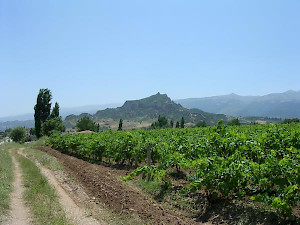
Only Miletus, which had been granted a special status by Alyattes, retained some independence, but essentially, all Greeks in Asia Minor were subdued to Croesus. This included Pergamon, which had useful metal mines. The Greeks living on the islands were tied to the Lydian empire by a treaty.
He kept all the people west of the Halys in subjection - Lydians, Phrygians, Mysians, Mariandynians, Chalybians, Paphlagonians, Thracians (both Thynian and Bithynian), Carians, Ionians, Dorians, Aeolians, and Pamphylians. When all these nations had been added to the Lydian empire and Sardes was at the height of her wealth and prosperity, all Greek teachers of that epoch, one after another, paid visits to the capital.note
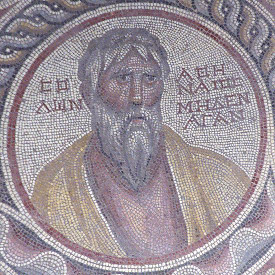
Among these Greeks were the author of fables Aesopus, the Athenian statesman Solon, and the scientist Thales of Miletus. They returned home with stories about the fabulous wealth of Sardes, which the Lydian king also put on display in Delphi, the shrine of Apollo.
However, Croesus was not always lucky. He had two sons. One of them was mute and therefore unfit to rule. His other son, Atys, was in Mysia (perhaps at Adramyttion, the palace of the crown prince) when he died during a hunting accident. According to Herodotus, our main source, Croesus grieved for the death of his son for two years, until news from the east put an end to his mourning.
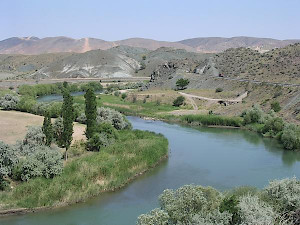
In 550, the Median empire, which was separated from Lydia by the river Halys, had been overthrown by a Persian named Cyrus, and Croesus wanted to benefit from this turmoil. He might, for example, conquer Cappadocia and Armenia. But Cyrus was a formidable foe, and therefore, the Lydian allied himself to the pharaoh of Egypt, Amasis. Croesus' envoys seem to have visited the newly founded oracle of Ammon in the desert, which was often a sign that the man who sent them wanted to do business with the local leader. It is not known why Amasis accepted the deal. At the same time, the Babylonian king Nabonidus was looking for an ally against the Persians, and he must have sided with Croesus' coalition. Finally, after consulting the oracle of Delphi (and leaving many presents), the Lydians asked and received support from the Spartans.
Perhaps, this was also the time when the first Jews settled in Sardes. The evidence is weak, but it has been claimed that the Sepharad mentioned in Obadiah 20 lived in Sfard, the old name of Sardes.
Having obtained political support, Croesus decided to attack. The oracle of Delphi had politely denied to predict what was to happen: "If you attack, you will destroy a mighty kingdom", was the famous reply, and Croesus must have known that this was not an answer. He reached the Halys, where Thales of Miletus showed his qualities as an engineer: he was able to give the stream another course, so that the army did not have to waste time crossing the river.
There was an ancient route from Sardes and Gordium to the capitals of Assyria and Elam, Nineveh and Susa: the Royal road. It is likely that Croesus' army marched along this route to the east, and that Cyrus arrived from the west using the same road. At a place called Pteria the two armies clashed. The battle was indecisive.
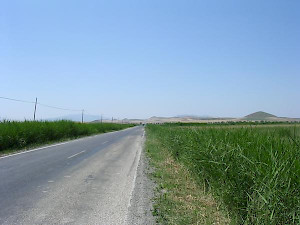
Croesus decided to return home. It was late in the season and Cyrus would not be able to pursue him, because he would expose his southern flank to Babylonian attacks. Besides, the Persian king had now understood that the king of Lydia was prepared to fight. So Croesus returned home, disbanded his army -his subjects needed time to sow- and wrote a letter to the Spartans that he could need some help. At that moment, Cyrus' army appeared on the plain of Sardes. Incredible, but true.
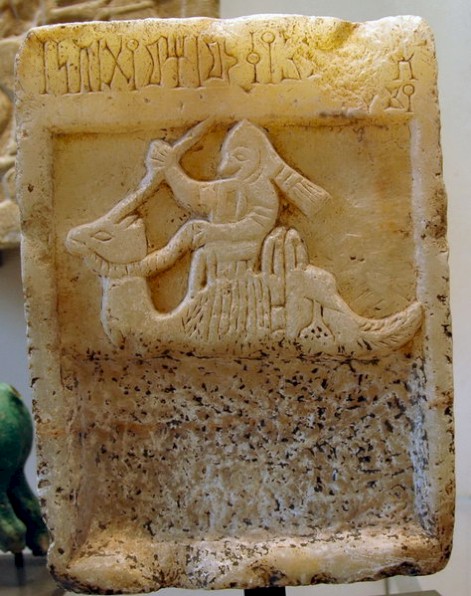
Although large contingents of the Lydian army were away, the cavalry was ready. However, during the Battle of Sardes, Cyrus made use of a stratagem that Croesus cold not have anticipated:
He gathered all the dromedaries from his army train, took off their burdens and set cavalry men upon them. Having thus furnished them, he ordered them to go in front of the rest of the army towards the horsemen of Croesus [...]. He did this because horses are afraid of dromedaries and cannot endure to see or smell them.note
The Lydians were defeated and Sardes was besieged. The city was captured, and Croesus was arrested. According to Herodotus, Cyrus ordered a pyre to be prepared and wanted to burn Croesus alive. The fire was already burning when the god Apollo came to Croesus' rescue: it started to rain. Cyrus now understood that his opponent enjoyed divine protection and allowed him to send an envoy to Delphi to ask the god 'if it is the habit of Greek gods to be so unappreciative'. According to Herodotus, Apollo replied that not even he could escape destiny; and even though he had been eager that the downfall of the Lydian monarchy occurred in the time of Croesus' son rather than in his own, he had been unable to divert the course of Fate.
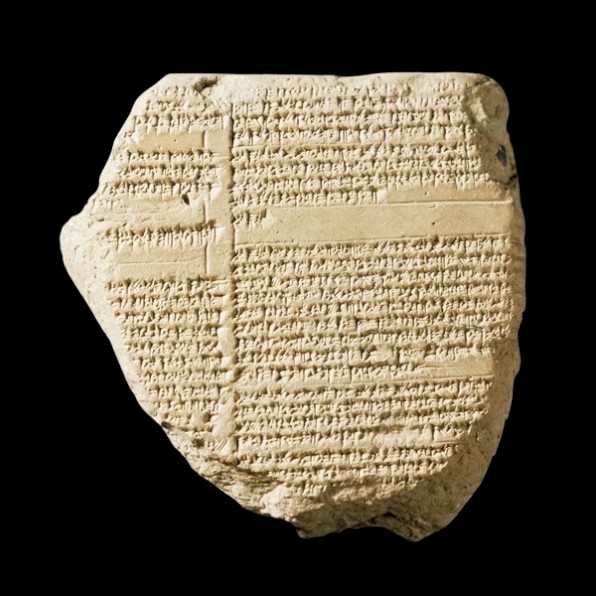
This charming story about divine aid appears to be contradicted by an important cuneiform text from Babylon (year nine in the Nabonidus chronicle). For a long time, it has been assumed that this tablet enables us to assign a date to the end of the Lydian monarchy: 547 BCE. Unfortunately, there is a tantalizing lacuna in the text. It states that Cyrus went north along the Tigris, defeated the king of Lu..., killed the king and took the capital. It is unclear whether this refers to Lydia (in which case Herodotus makes a mistake) or to another, unknown kingdom. On balance, most scholars now agree that it is not a reference to Lydia (more...)
However, this does not mean that Herodotus is right. Croesus must have died at Sardes.
In the first place, beloved leaders never die. We may compare Croesus' fate with tales about the last pharaoh of independent Egypt, Nectanebo II, the British king Arthur, the German emperor Frederic II, Adolf Hitler, and Elvis Presley. Their followers refused to believe that they were dead. It is true that Herodotus mentions Croesus several times as adviser of the Persian kings Cyrus and Cambyses, but in those stories, the Lydian always plays the wise counselor whose sound advise is ignored, a narrative trick that is often called the 'tragic warner' motif.
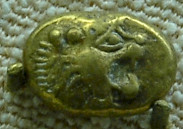
Another explanation can be found in Herodotus' source. He clearly never visited Sardes (he says that the houses had thatched roofs, whereas they were in fact made of roof tiles), but is well-informed about the relation between the Mermnad kings and Delphi. The Delphian god had received much gold and silver, and his priests had to explain why the pious worshipper had been punished.
They denied that it had happened at all. The answer seems to have developed in two stages. The poet Bacchylides represents the first of these. In his view, Croesus was rescued and now lived among the mythical Hyperboreans, in the extreme north. (This story is more or less identical to the legend of Iphigenia, who was sacrificed by her father Agamemnon to Artemis but rescued by the goddess and brought to the Taurians in the north.) The second stage can be found in Herodotus' Histories: he rationalized the story - the mythological Hyperboreans disappeared and Croesus' second life was in Persia.